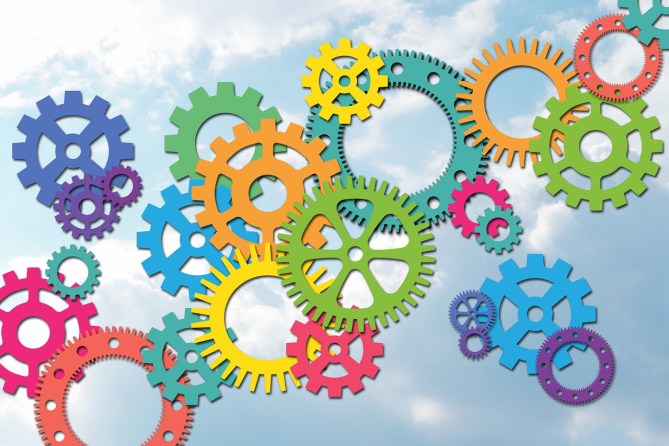No one will argue how helpful auto-classification or auto-indexing is to the world of making content findable. Automated indexing is the process of assigning and arranging index terms without human intervention. The index is produced using algorithms, rulesets or machine learning.
The world is continuously shifting from manual to automated practices. Government entities are following suit, paving the way for automated acquisition, processing and dissemination of information to the public. Automated indexing services is the solution to providing current, reliable and accessible data to information seekers.

Some argue for the use of automated indexing because it is faster and more cost effective. However, a controlled vocabulary is needed to ensure that the machine-assisted or fully automated indexing is comprehensive, regardless of what you are indexing.
While automated indexing provides a means to cope efficiently with a flood of information, there are things that hinder its progress. The lack of technological know-how on the part of the user – usually a librarian indexer – affects the process of automated indexing. Some professionals are reluctant to get the necessary training, and even when trained they still feel apprehensive about using the technology.

Computer assisted indexing can be a huge help in building a solid information architecture. We know that. We live that.
Discovery of digital items is highly dependent upon effective metadata to ensure inclusion and prioritization in search engines. Subject descriptions based on controlled vocabulary are particularly useful to enhance discovery, but they may be expensive to provide. Incorporating both computer and human processes provide the highest impact for discovery of distinctive digital collections.
Digitization provides users a way to offer equitable access to their most distinctive holdings. Extensive resources have been expended on the process of selecting, scanning and adding content to digital library collections around the world. Today, the focus of digitization tends to be on curated collections featuring unique items.
The benefits of a solid custom taxonomy combined with AI continues to become apparent as technology evolves. Access Innovations is one of a very small number of companies able to help its clients generate ANSI/ISO/W3C-compliant taxonomies and associated rule bases for machine-assisted indexing. We use our patented software to analyze your knowledge base and derive the concepts that define it, whether you have one piece of information or a million.
Melody K. Smith
Sponsored by Data Harmony, harmonizing knowledge for a better search experience.










